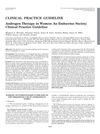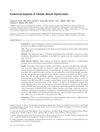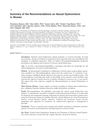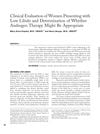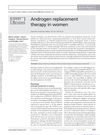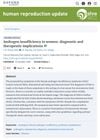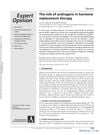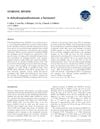Impact of Hormones on Female Sexual Function and Dysfunction
January 2011
in “
Female pelvic medicine & reconstructive surgery
”
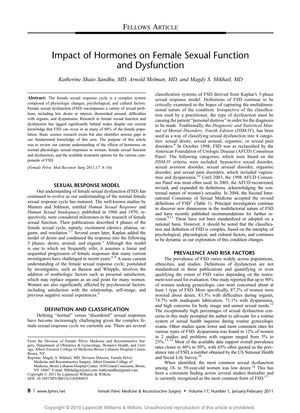
TLDR Hormones significantly affect women's sexual function, and more research is needed to improve treatments for sexual dysfunction with minimal side effects.
The 2011 document reviewed the impact of hormones on female sexual function and dysfunction (FSD), noting that up to 80% of women may be affected, with low desire being the most common issue among women aged 18 to 59. It detailed the effects of estrogens and androgens on sexual function, with estrogens influencing nerve transmission and blood flow to genital areas, and androgens being crucial for sexual desire and overall well-being. The decline in estrogen levels during menopause was linked to FSD, affecting various bodily systems and functions. The document also discussed androgen insufficiency, its controversial nature, and the lack of reliable diagnostic tools, with symptoms including decreased libido and pleasure. Treatment options like androgen replacement therapy were considered, but with caution due to the absence of sensitive assays for androgen measurement. Testosterone therapy, particularly with transdermal patches, showed improvements in sexual function in postmenopausal women, as evidenced by a study with 75 women, but its effectiveness could be limited by factors like high SHBG levels or CEE intake. The document called for individualized treatment and regular monitoring for adverse effects, and mentioned other potential treatments like PDE5 inhibitors, tibolone, mechanical devices, and electrical stimulation. It also cited a pilot study by Pauls et al. involving 13 women, which suggested that sacral neuromodulation might positively influence sexual function. The document concluded with an emphasis on the need for further research to understand the mechanisms of hormones in sexual function and to develop effective treatments for FSD with minimal side effects.
